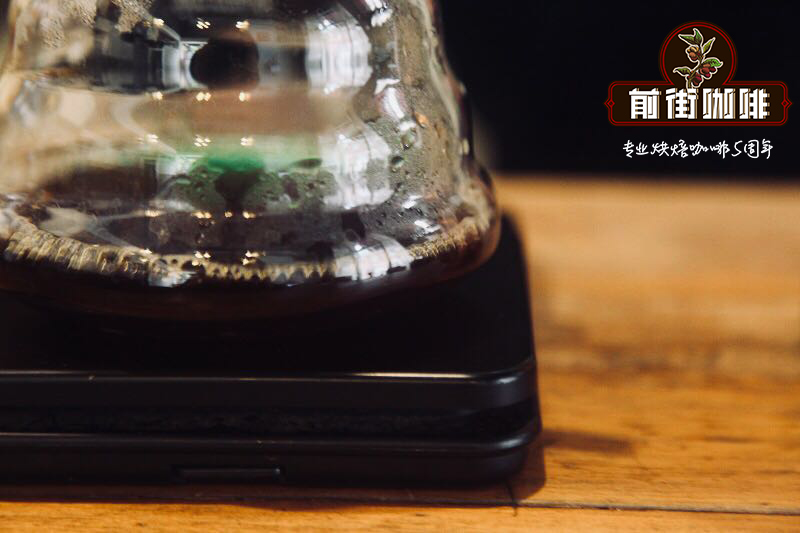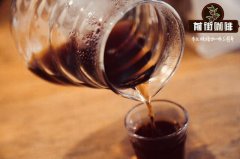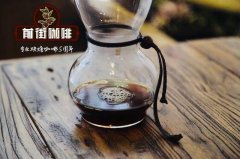Ecuador coffee rumba producing area Zumba information introduction Ecuador coffee expensive how to buy

Professional coffee knowledge exchange more coffee bean information please follow the coffee workshop (Wechat official account cafe_style)
Ecuador Lomba Aklin Peasants Association Ecuador Zumba ACRIM
National Ecuador (Ecuador)
Rumba (Zumba), Zamora-Chinchipe
1300-1900 meters above sea level
Planting varieties Typica, Caturra and Bourbon
Small farmers, members of producers' cooperatives
The annual rainfall is about 1, 000, 1, 500 mm
The temperature is 12 degrees Celsius and 28 degrees Celsius.
The area is about 1.5 hectares per member of small farmers.
Treatment washing
Flavor: front citrus sour, berry aroma, middle peach aroma, tail green tea, rolled tobacco with floral aroma, solid and rich taste
This batch is from a cooperative organization of high-quality coffee raw bean producers in southern Ecuador, which is part of a larger alliance of coffee producers in a region bordering Peru. The association has excellent coordination and leadership, which helps them position themselves as the top producers of Ecuadorian coffee, and the raw coffee beans from this cooperative have won many places in the Taza Dorada competition.
The Taza Dorada contest, which has been held for many years, is submitted by coffee farmers to produce high-quality coffee raw beans, which are evaluated by national and international judges to determine which are the best micro-batches, which can be said to be Ecuador's COE. Unlike the COE system, Taza Dorada does not accept the auction system, and the winning batches of raw coffee beans will almost be fully booked by buyers who know the goods.
Small farmers in this region still maintain the fine tradition of growing traditional varieties such as Typica, Caturra and Bourbon, which has been the key to their success.
The climate is very special in this area, humid almost all the year round, and the temperature fluctuates very comfortably, from 12 to 28 degrees Celsius, with an average of about 20 degrees Celsius, which is very suitable for coffee growth and reflects the flavor in the cup.
Most of the typical coffee and raw bean estates in southern Ecuador are organically grown, and the crops are highly diverse. Corn, cabbage, bananas, bees, cattle, fish, fruit and coffee are grown together. Coffee leaf embroidery disease has been a threat to coffee bean producers in the region, and leaf rust has reduced Colombia's coffee production by 50% for a year or two. The simplest solution to fight the disease is intensive chemical applications, but coffee farmers in the region take a more determined organic route because of their respect for the environment.
Important Notice :
前街咖啡 FrontStreet Coffee has moved to new addredd:
FrontStreet Coffee Address: 315,Donghua East Road,GuangZhou
Tel:020 38364473
- Prev

What is Ecuadorian Flower God coffee? Description of taste and aroma of Ecuadorian coffee
For more information on coffee beans, please follow the Coffee Workshop (Wechat official account cafe_style) located directly below the equator in the Pacific Ocean and about 1000Km from Ecuador in South America. It is also the island of the famous GALAPAGOS penguin, which is the GALAPAGOS island of Ecuador. The coffee produced here is rarely known. The island was attacked by
- Next

Ecuadorian Coffee and Darwinian Evolutionism have to mention the story is Ecuadorian coffee good?
For more information on coffee beans, please follow the coffee workshop (official Wechat account cafe_style). The Galapagos Islands may be a strange name to most people, but if you mention Darwin and the theory of evolution, or the phrase "natural selection, survival of the fittest", you may suddenly realize how important this is in the history of mankind.
Related
- Detailed explanation of Jadeite planting Land in Panamanian Jadeite Manor introduction to the grading system of Jadeite competitive bidding, Red bid, Green bid and Rose Summer
- Story of Coffee planting in Brenka region of Costa Rica Stonehenge Manor anaerobic heavy honey treatment of flavor mouth
- What's on the barrel of Blue Mountain Coffee beans?
- Can American coffee also pull flowers? How to use hot American style to pull out a good-looking pattern?
- Can you make a cold extract with coffee beans? What is the right proportion for cold-extracted coffee formula?
- Indonesian PWN Gold Mandrine Coffee Origin Features Flavor How to Chong? Mandolin coffee is American.
- A brief introduction to the flavor characteristics of Brazilian yellow bourbon coffee beans
- What is the effect of different water quality on the flavor of cold-extracted coffee? What kind of water is best for brewing coffee?
- Why do you think of Rose Summer whenever you mention Panamanian coffee?
- Introduction to the characteristics of authentic blue mountain coffee bean producing areas? What is the CIB Coffee Authority in Jamaica?

